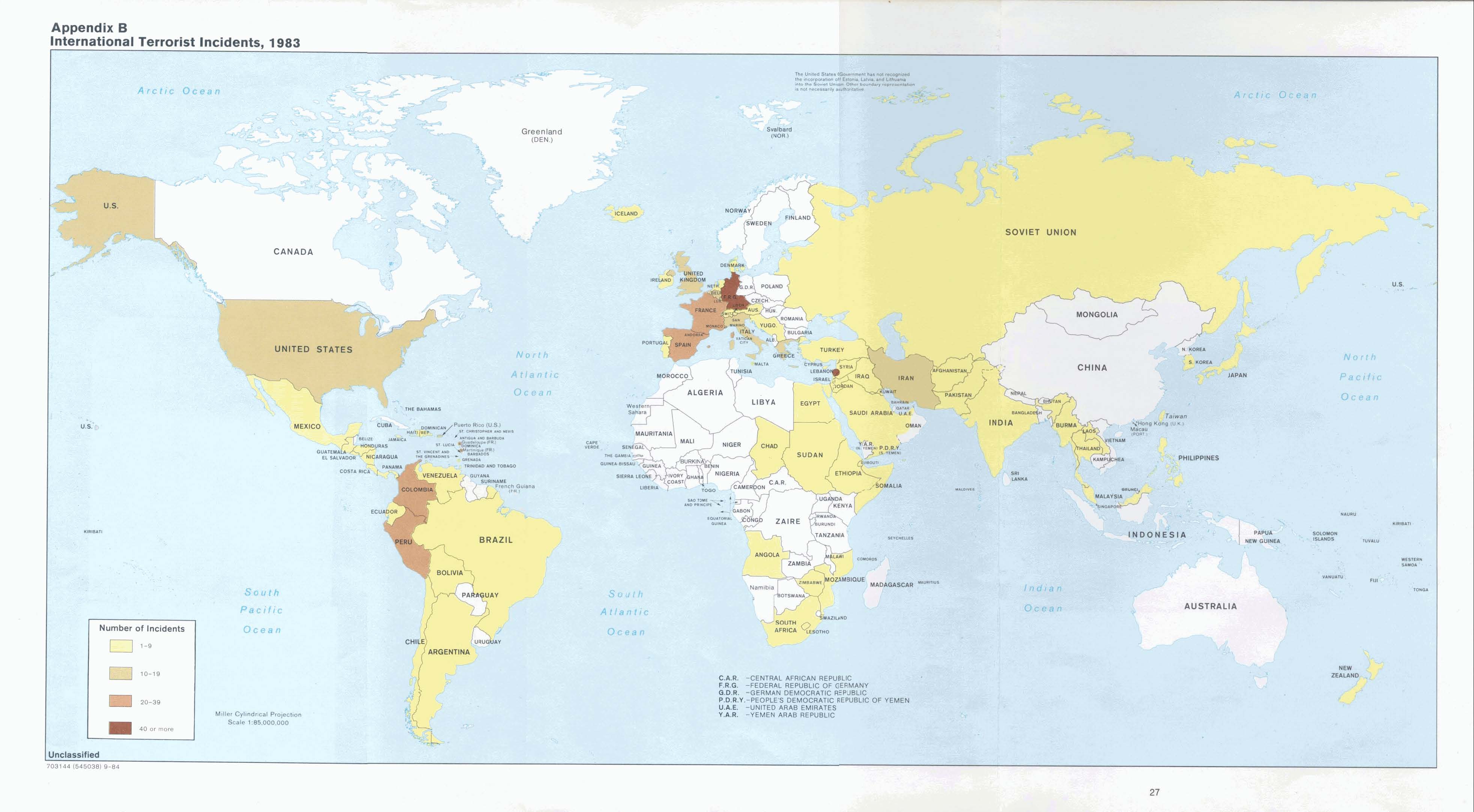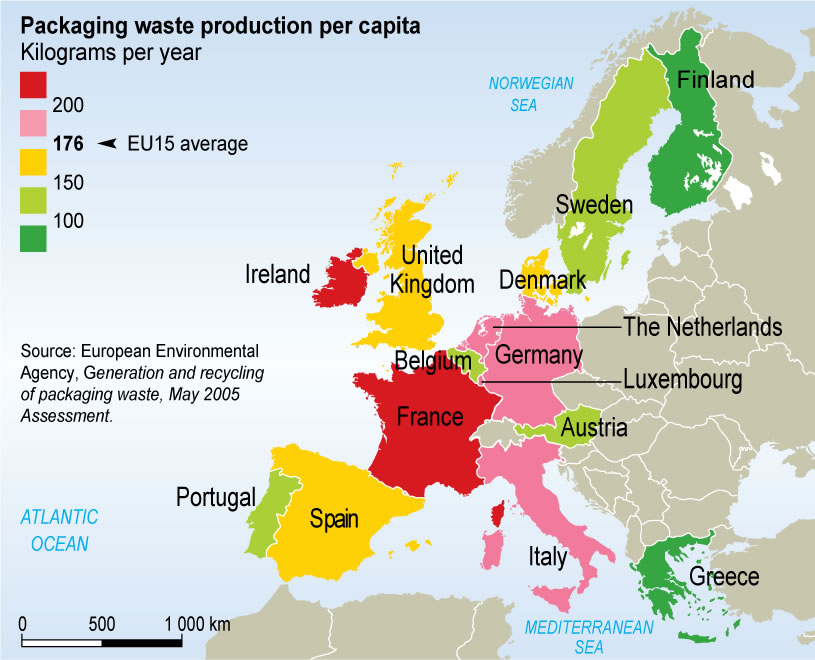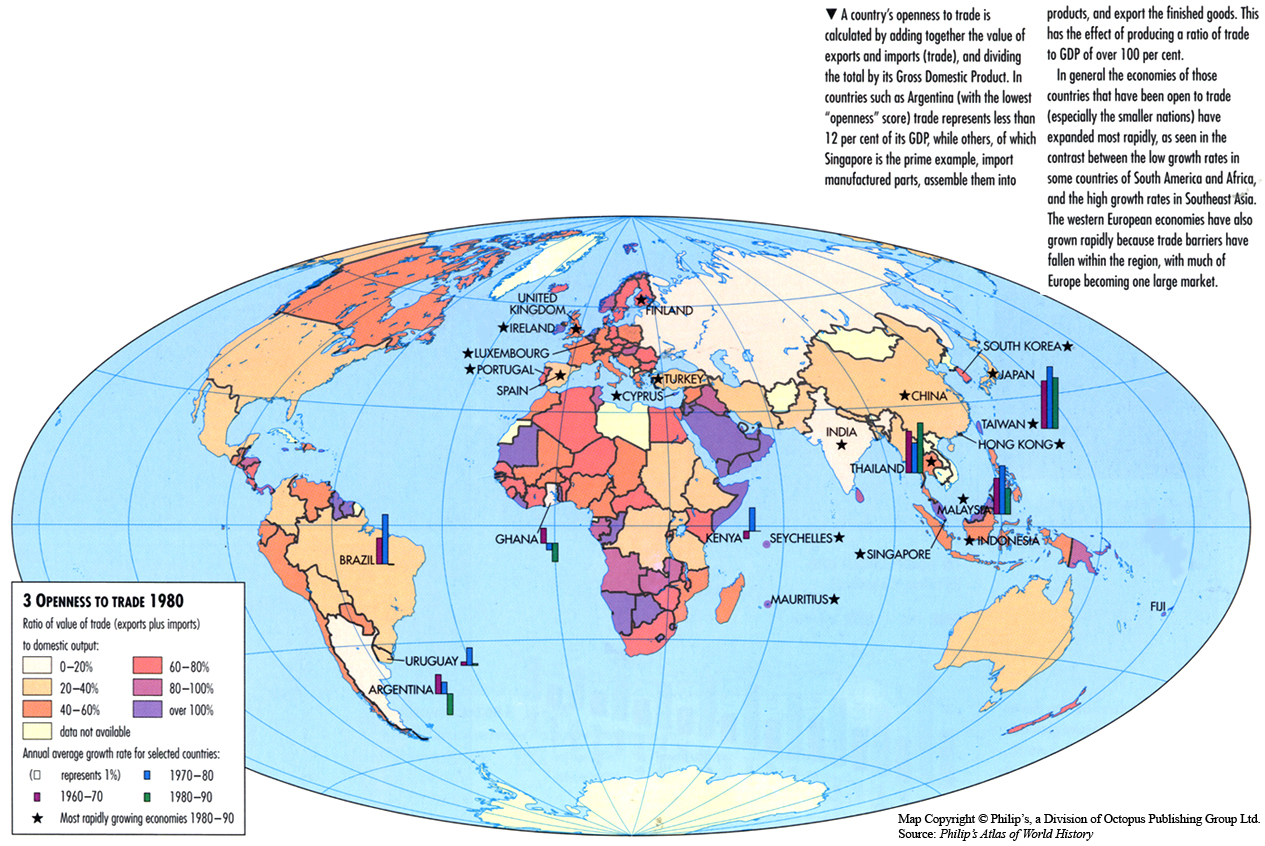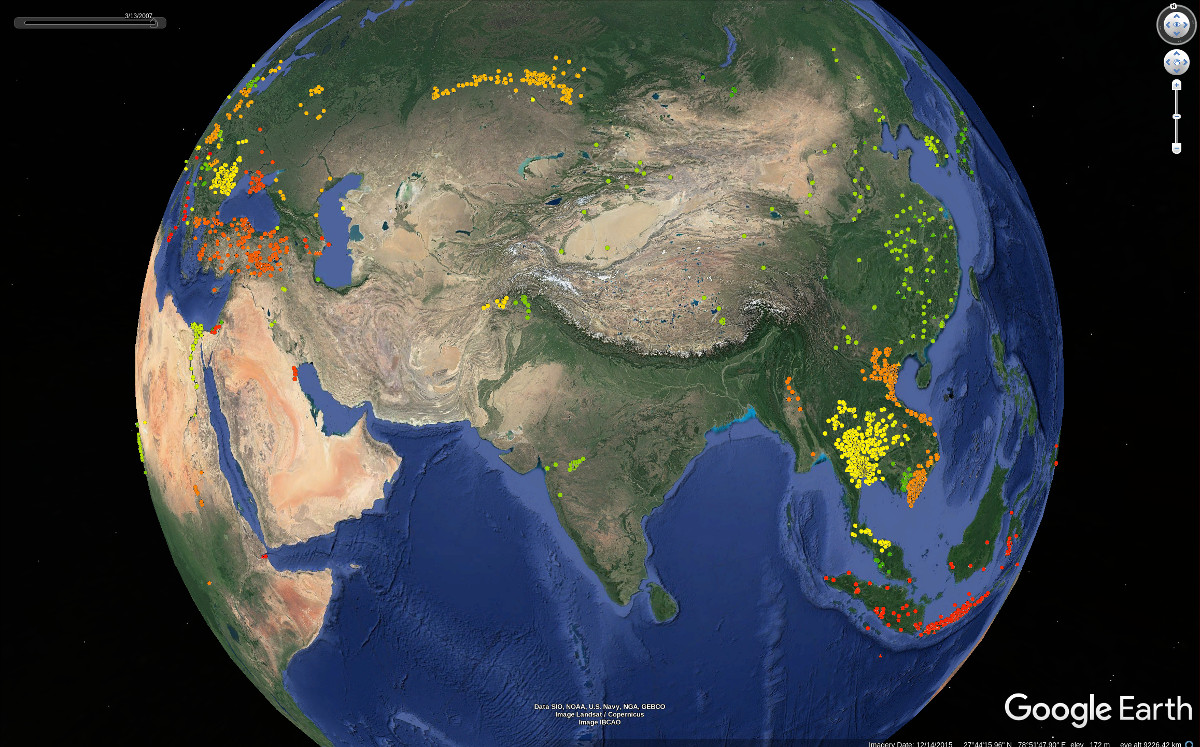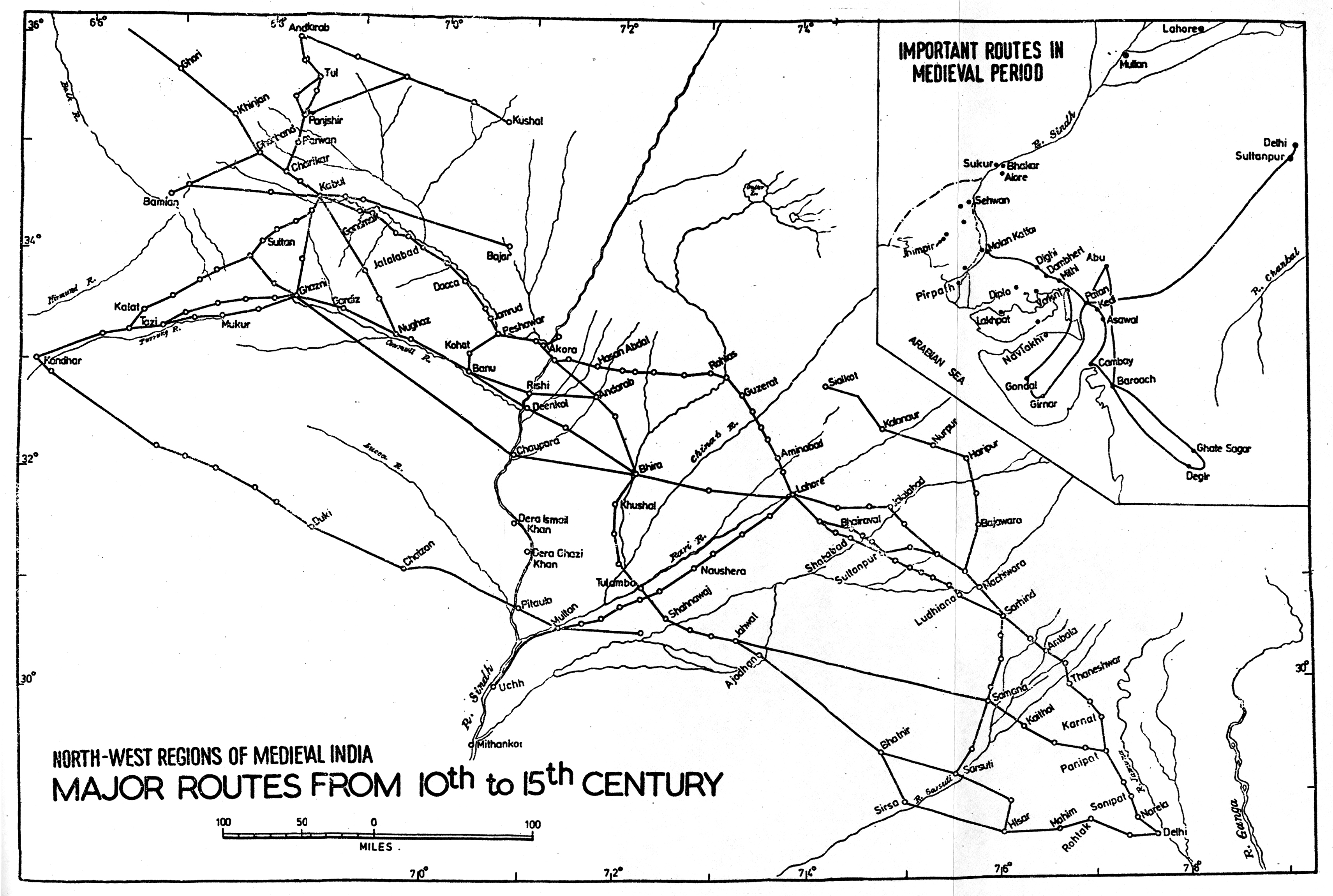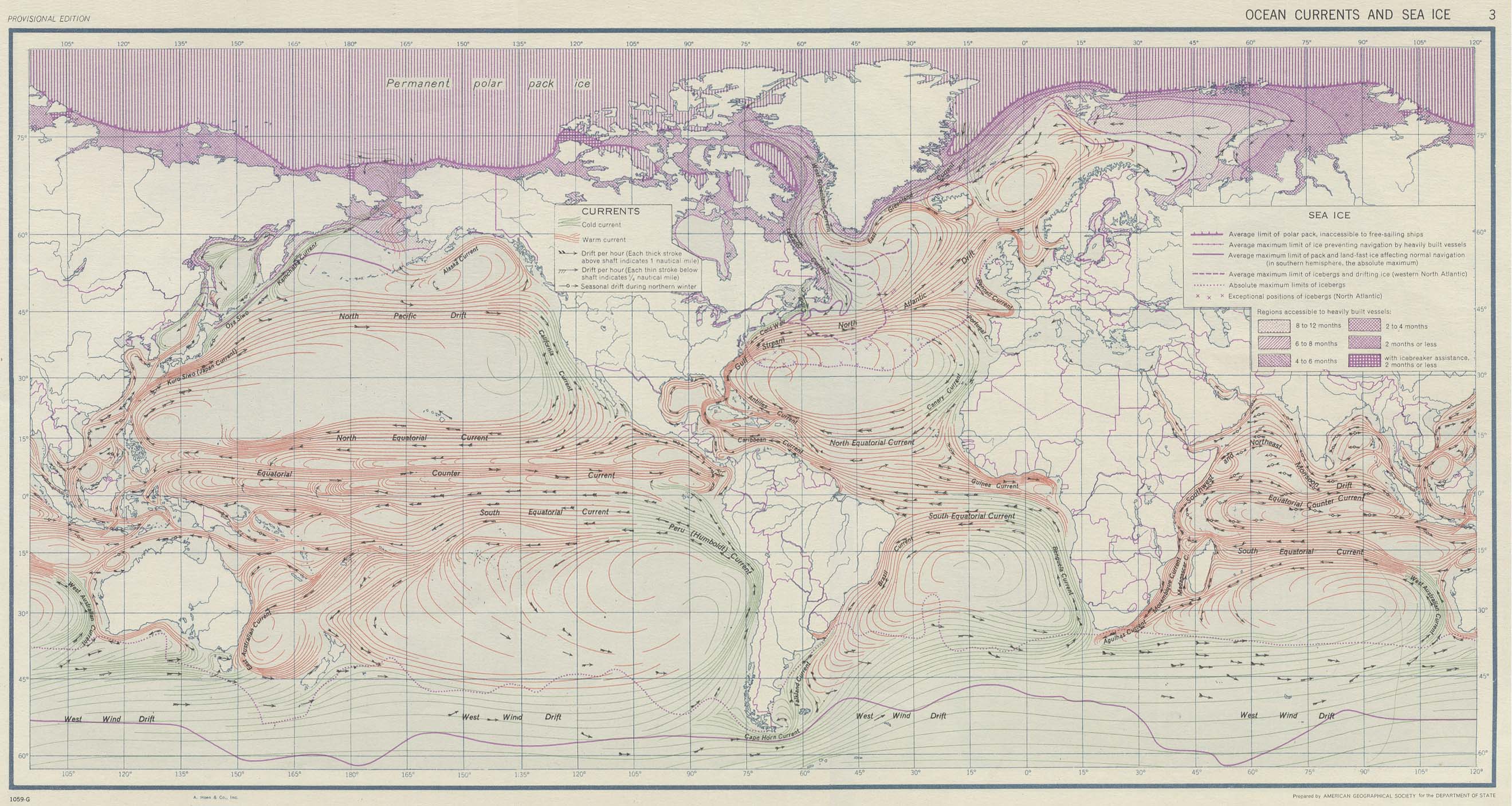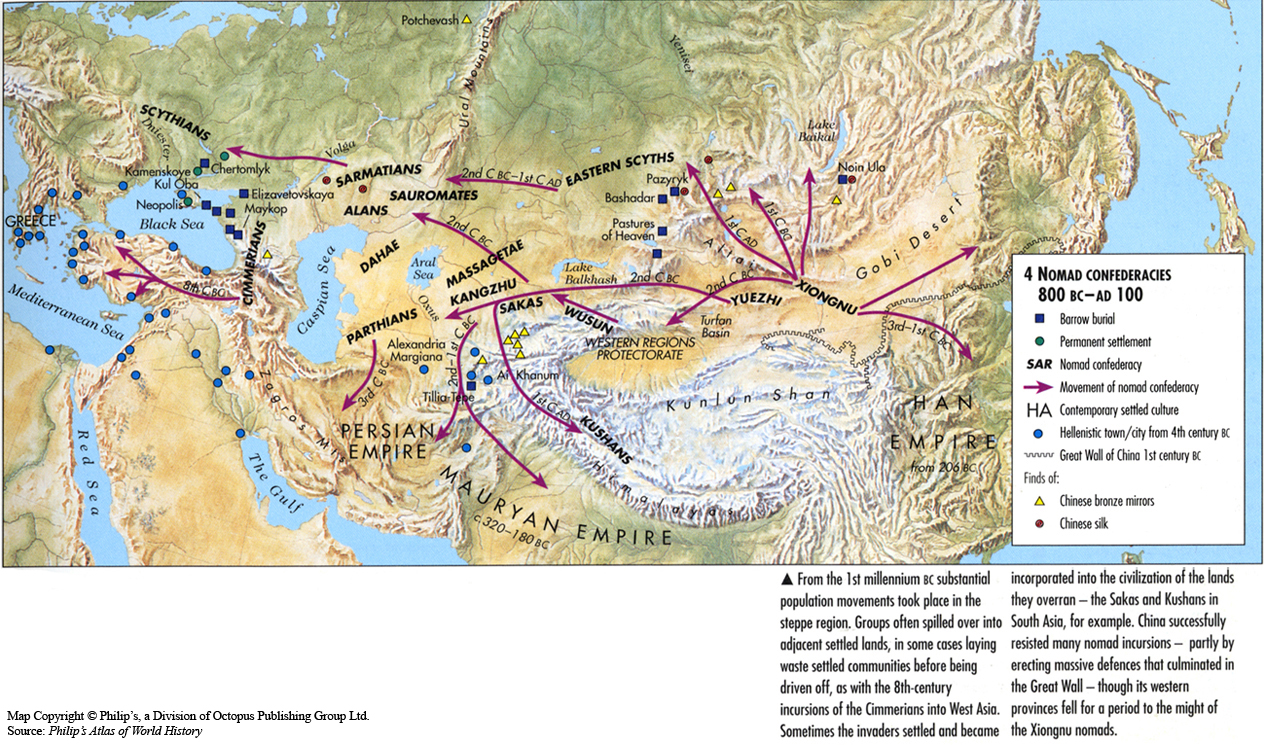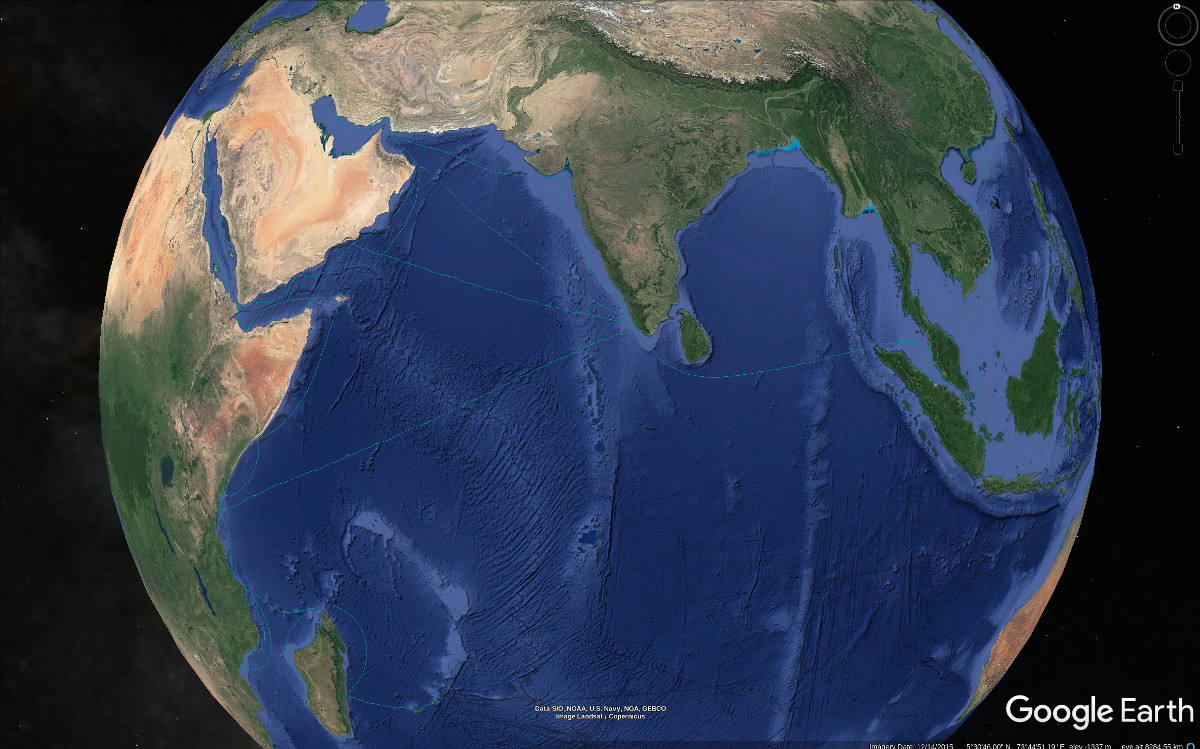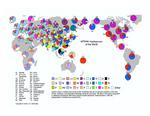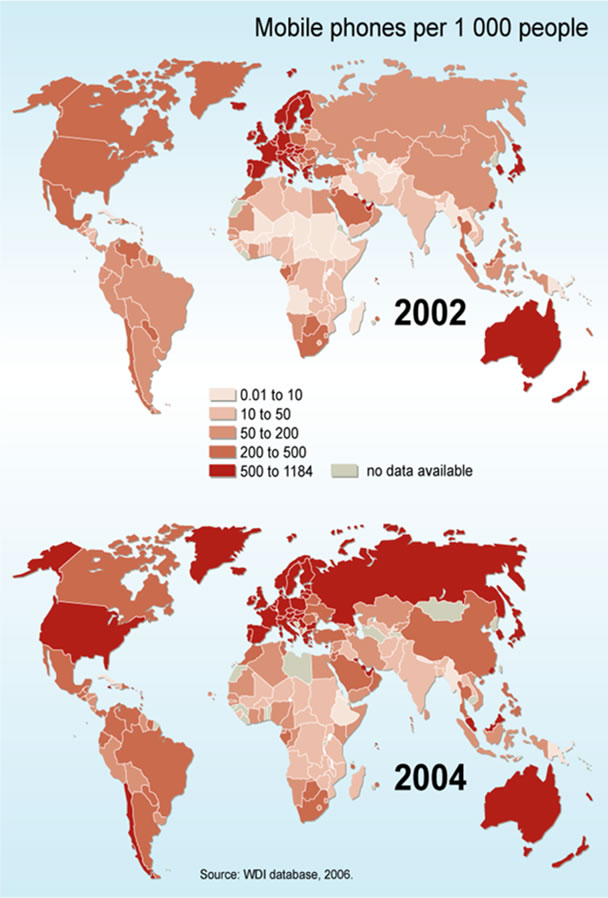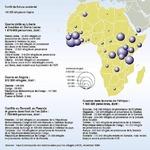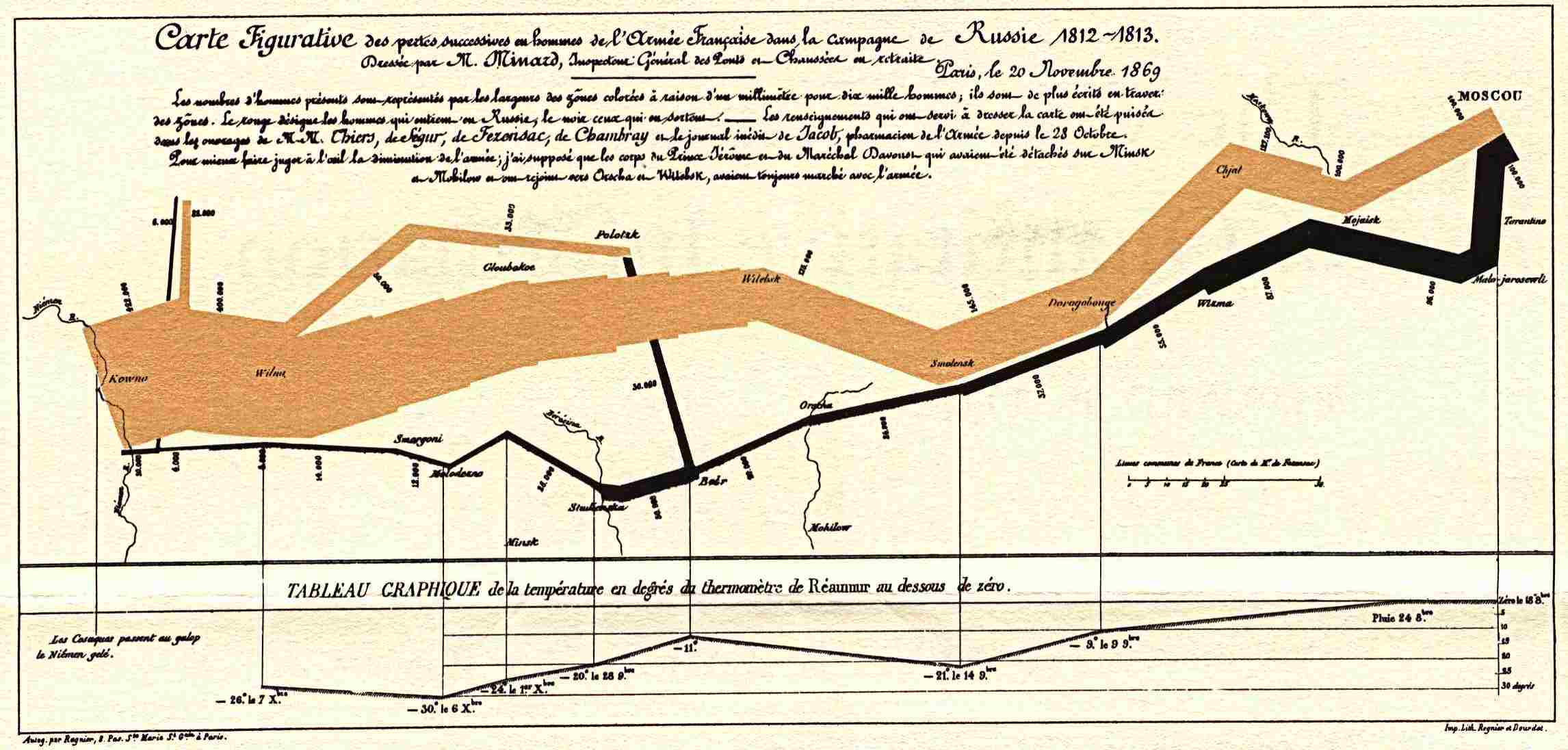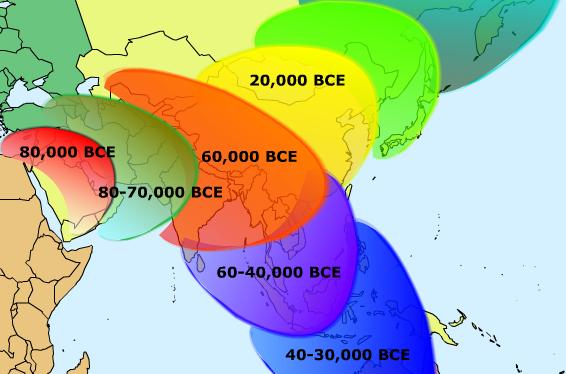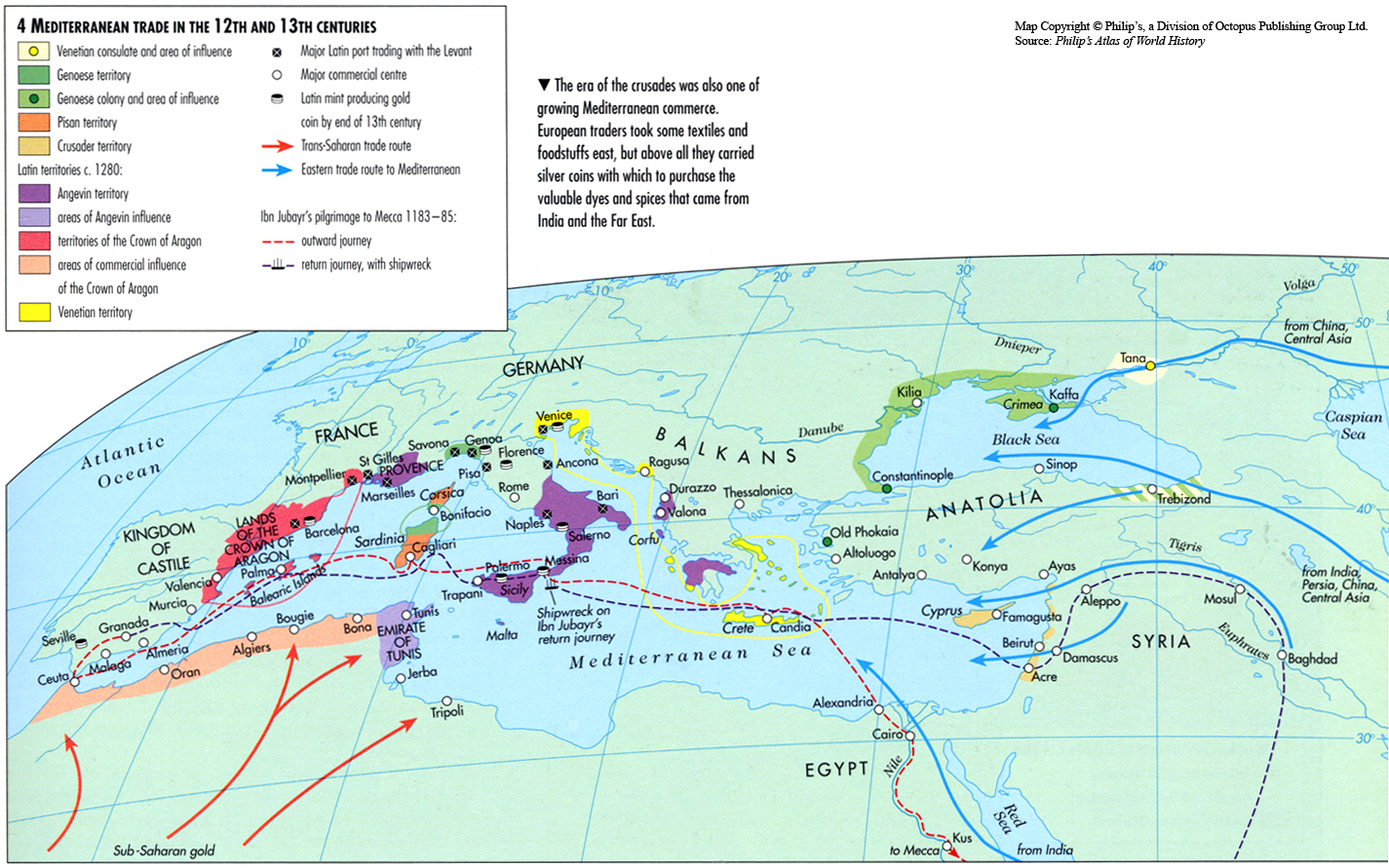Caption
PCBs in the Blood of Arctic Peoples, 2002
Summary
This map shows the level of PCBs (polychlorinated biphenyls) found in the Arctic population in 2002.
PCBs are persistent organic pollutants.
This map illustrates the concern with the presence of these POPs and PCBs, which accumulate in the environments where the Arctic indigenous populations reside.
The presence of PCBs in the blood can cause several side effects, particularly in a woman’s reproductive system. Babies are exposed in the womb, as well as outside while nursing. It is reported that a child will receive ten times the exposure from breast milk than it will during its entire life.
Source
United Nations Environment Programme / GRID-Arendal[1]
Cartographer/Designer: Philippe Rekacewicz, UNEP/GRID-Arendal
Primary Source:
- Arctic monitoring Assessment Programme (AMAP), 2003. AMAP Assessment 2002: Human Health in the Arctic.
Copyright
© 2006 UNEP / GRID-Arendal
Licensing
For use constraints, see [2].
Series
This map is one in a series For a listing with flyovers, see Series:UNEP / GRID-Arendal.


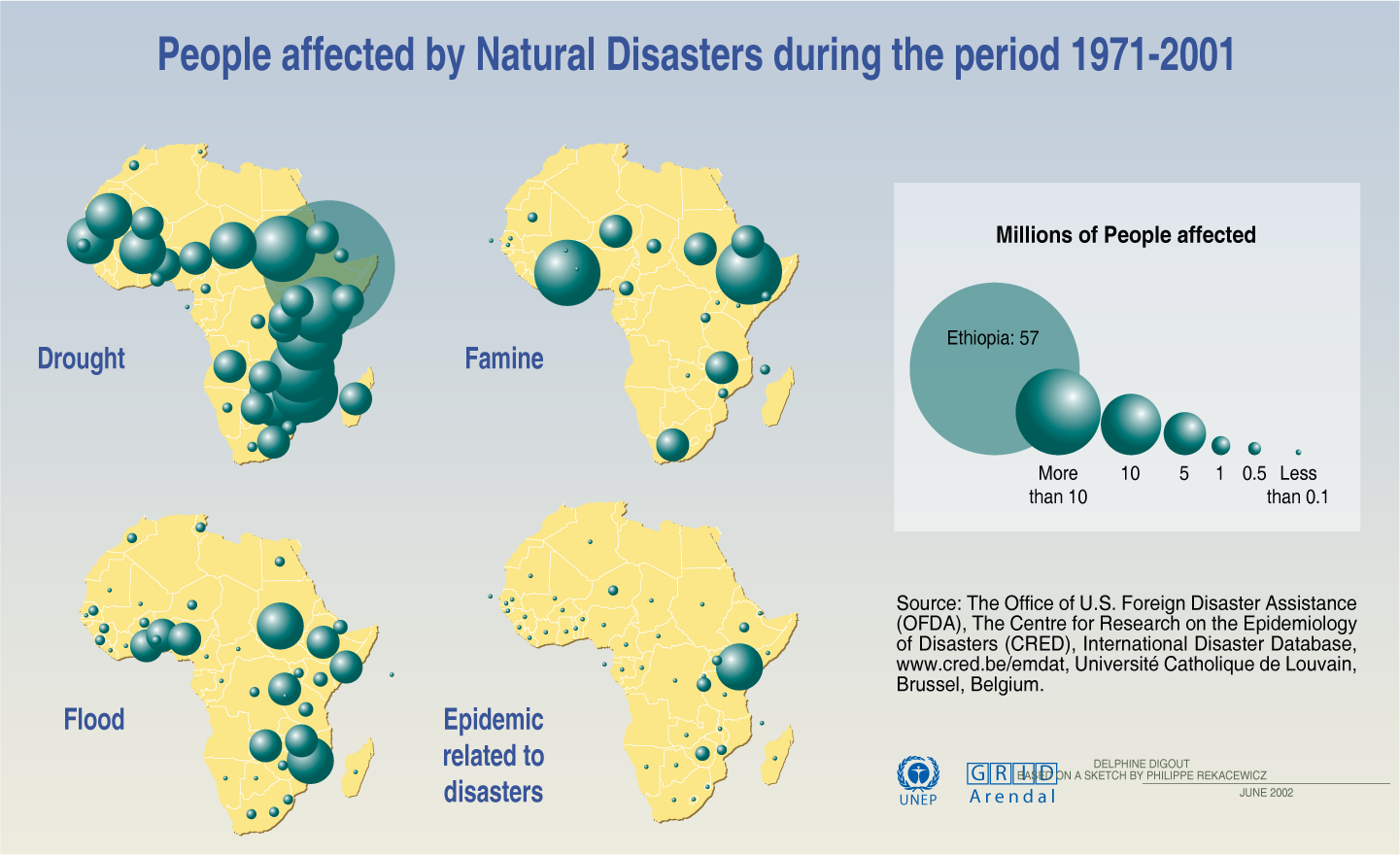


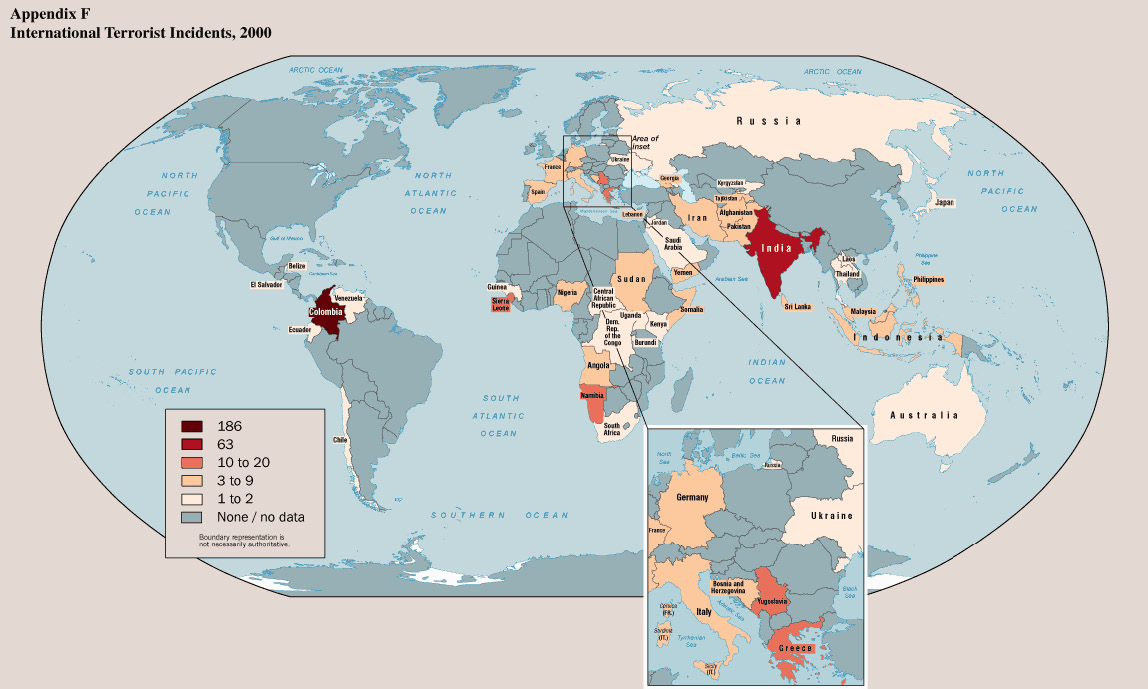
_flown_1994.jpg)

